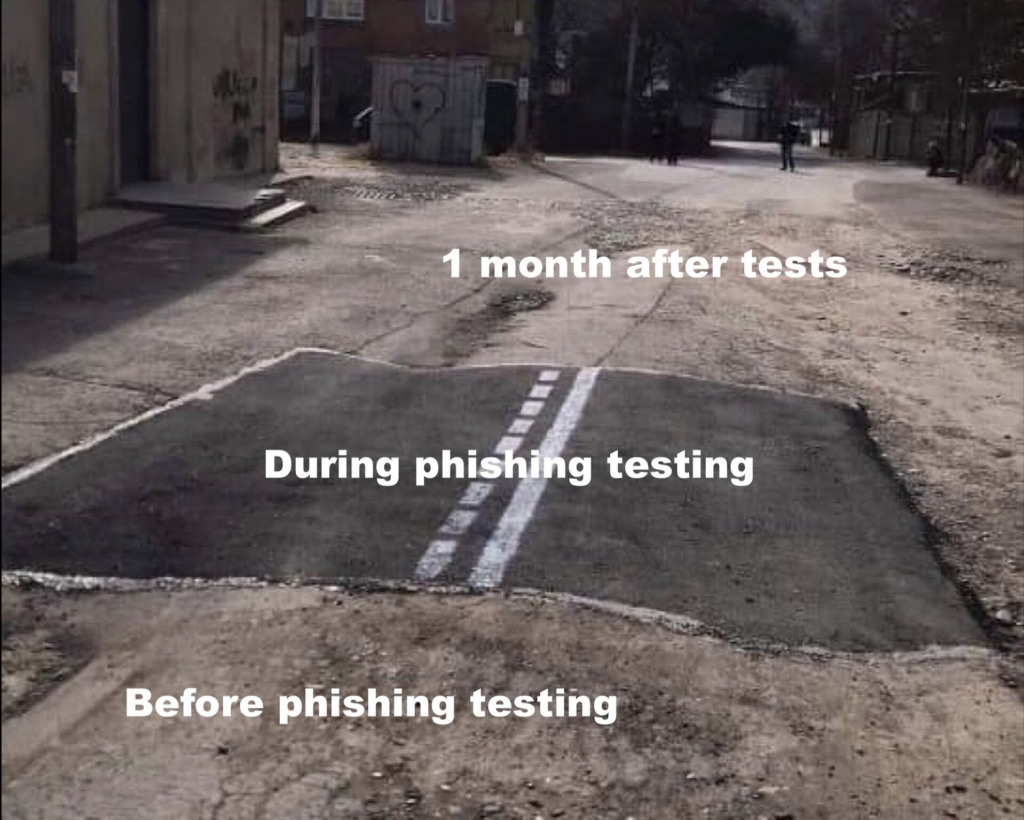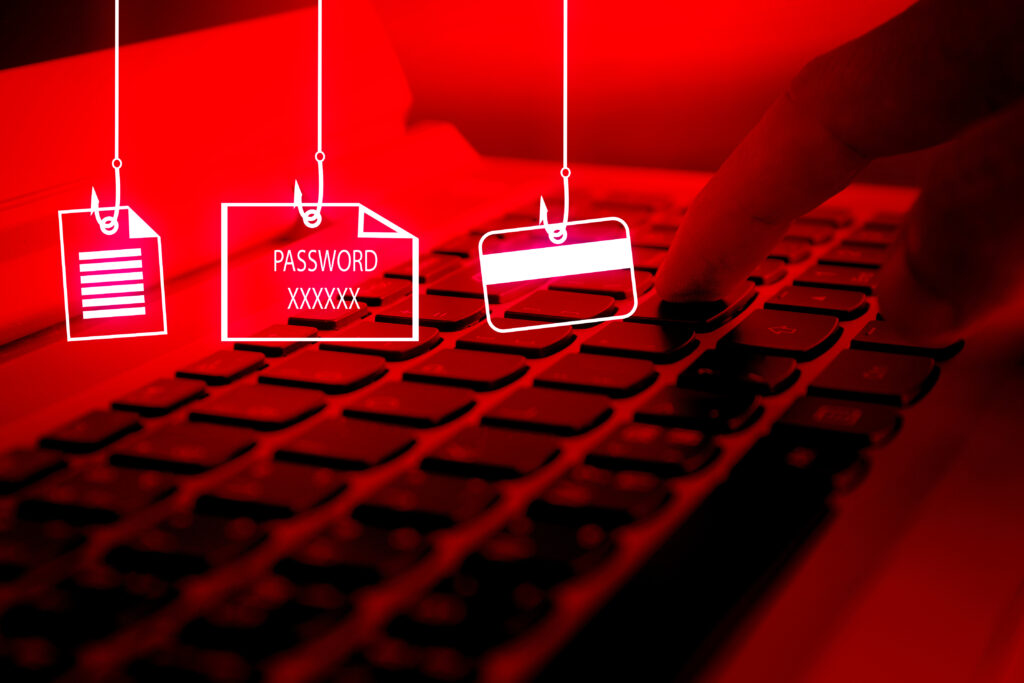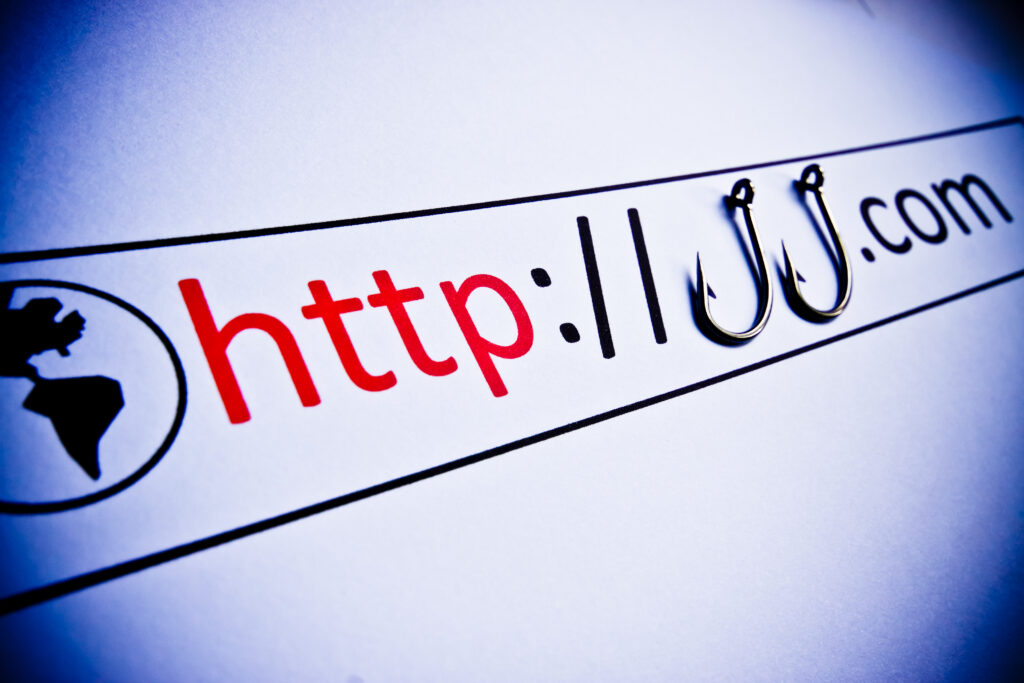Phishing attacks are very common in the digital world. The spread of artificial intelligence (AI) technologies has made it easier to carry out very realistic phishing attacks.
Phishing training is vital. It empowers people and organizations to spot and stop these cyber threats. Here’s a guide on what phishing training involves. It’s essential for everyone, from individuals to large corporations.
What is phishing?
Phishing is a kind of cyber-attack that happens through emails or messages. Those messages look like they’re from a legitimate source, such as your bank, a familiar company, or even a colleague. They are from scammers trying to steal your information or deploy malware on the device. Those messages contain malicious links or attachments.
These emails typically evoke a sense of urgency or fear, compelling the recipient to respond hastily without adequate consideration.
According to Deloitte 91% of all cyber-attacks begin with a phishing email to an unexpected victim.
Impact of phishing attacks
The volume of phishing attacks is constantly increasing, and criminals have become more professional in carrying out these attacks. Increasingly, smaller companies are also falling victim to them.
Forbers research show that that in 2022, there were 300,497 phishing victims with a total loss of $52,089,159 in the U.S. alone
Some examples successful cyber-attacks:
- 19,000 documents from Volkswagen were leaked
- Cybercriminals stole nearly 700,000 personal identification codes, purchase data, and contact details of customers from the customer card system Apotheka, the large pharmacy chain in the Baltics
The importance of phishing training
Phishing training teaches people to spot and respond to these tricky messages. Here’s why it’s a vital component of maintaining security.
- Awareness: Phishing training raises awareness about the problem. This explains how widespread phishing attacks are and that any of us could fall victim to them.
- Prevention: Good phishing training provides techniques on how to recognize phishing emails. To prevent data breaches, organizations need them. It’s safeguards both personal and organizational data.
- Response: Training teaches you what to do when you encounter a phishing attempt, which minimizes the damage.
Key components of phishing training
Good phishing training is a mix of practical exercises and knowledge on how to identify attacks. Here are some of the essential elements:
- Simulated phishing attacks: Simulated phishing emails is the most efficient way to test employees’ awareness. This practical approach helps learners reinforce their learning.
- Practical instructions: Good phishing training included practical instructions on how to recognize phishing attacks. Those includes technical details on how to see actual sender email address or included link address. It also covers psychological parts of the emails.
- Regular updates: As phishing techniques evolve, so should training programs. Regular updates ensure that the training remains relevant and effective.
- Interactive: Adding quizzes, games, and interactive content can make phishing training fun. It can also make it more effective.
Benefits of regular phishing training
Training against phishing has many benefits. It’s not for personal security, but also for the health of the organization.
- Reduced Risk of Cyber Attacks: Informed people are less likely to fall for phishing scams. This reduces the risk of costly data breaches.
- Compliance: Many industries must do regular cybersecurity training. They’ve done it to comply with legal standards.
- Confidence: Employees gain confidence from knowing how to handle phishing attacks.

Tips for effective phishing training
To maximize the effectiveness of phishing training, consider these tips:
- Use personalized tests: Use a platform that sends personalized phishing tests. Cybercriminals are also increasingly using personalized approaches that are harder to recognize.
- Test and Measure: Check how aware your organization’s employees are about phishing. Ensure that after using a service for a few months, they get better at spotting phishing emails.
- Continues testing: Don’t just count on once-a-year training to be enough. Regular testing keeps employees alert and helps them stay informed about new and emerging attacks.
- Promote a Security Culture. Encourage a workplace culture that values cybersecurity. Make sure employees feel safe reporting suspicious activities.
Bruce Schneier: Amateurs hack systems, professionals hack people.
American cryptographer, computer security professional
Getting started with phishing training
There are three main ways to conduct phishing tests:
- Use a subscription-based testing and training platform: Services like Phishbite let you easily run phishing tests. They also teach employees how to recognize phishing emails right when they make a mistake.
- Set up your own phishing testing infrastructure: You can get the tools you need and create your own test scenarios. You’ll also need to set up the email domains and web pages used for testing and handle the training part separately.
- Hire a custom service for a one-time test: You can pay for a service that sets up and runs a phishing test for you, usually as part of a larger security check. This kind of test is done only once and might be more expensive, but it’s tailored to your company.
Phishbite phishing training platform
Phishbite is an easy-to-use AI-powered phishing simulation platform to reduce cybersecurity risks by increasing employee awareness.
Phishbite is designed for small and medium-sized businesses. It offers a comprehensive solution for sending phishing simulations and increasing employees’ security awareness.
AI-powered
By using text generation algorithms, we can create personalised phishing simulations that are as realistic and effective as possible.
Easy to use
We ensure that the tests run automatically, eliminating the need for our clients to create and manage them.
Continuous
The greatest benefit of phishing simulations is achieved through their continual implementation. One-time tests do not educate or increase employee vigilance as effectively as ongoing simulations.
Test upgrades
We constantly incorporate new methods used by cybercriminals into our tests.
User-centric
Our tests provide immediate feedback to the user, helping to instantly improve security awareness.
Conclusion
In conclusion, phishing training isn’t a necessity for IT professionals but for anyone who uses email and the internet. Regular phishing training boosts your defences. It helps you combat attacks, protect your information, and stay secure online. Remember, knowledge is the best defence against cyber threats.
With effective phishing training, you’re taking a critical step to protect your digital life.
Reduce your phishing related human risks with Phishbite before it’s too late




